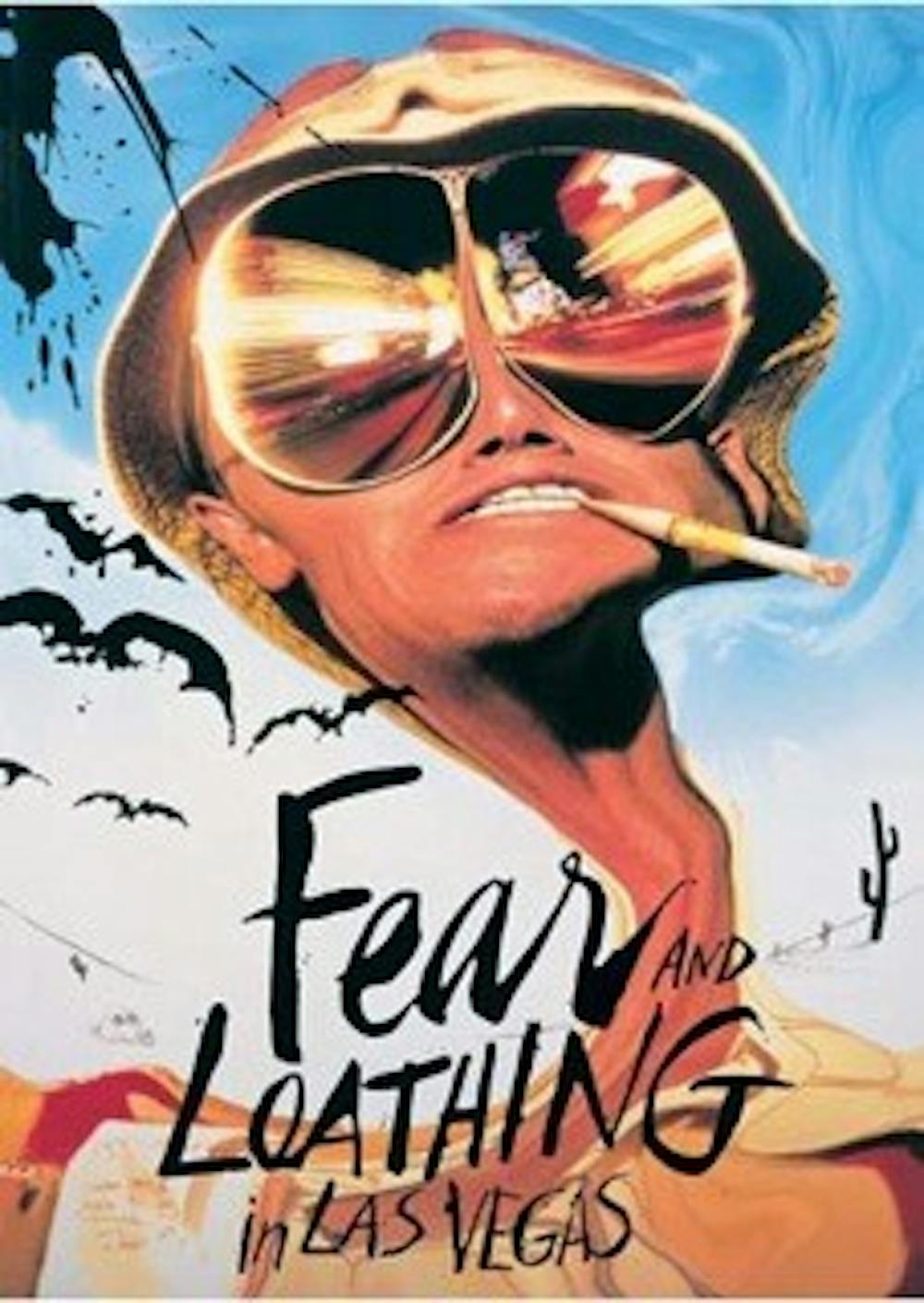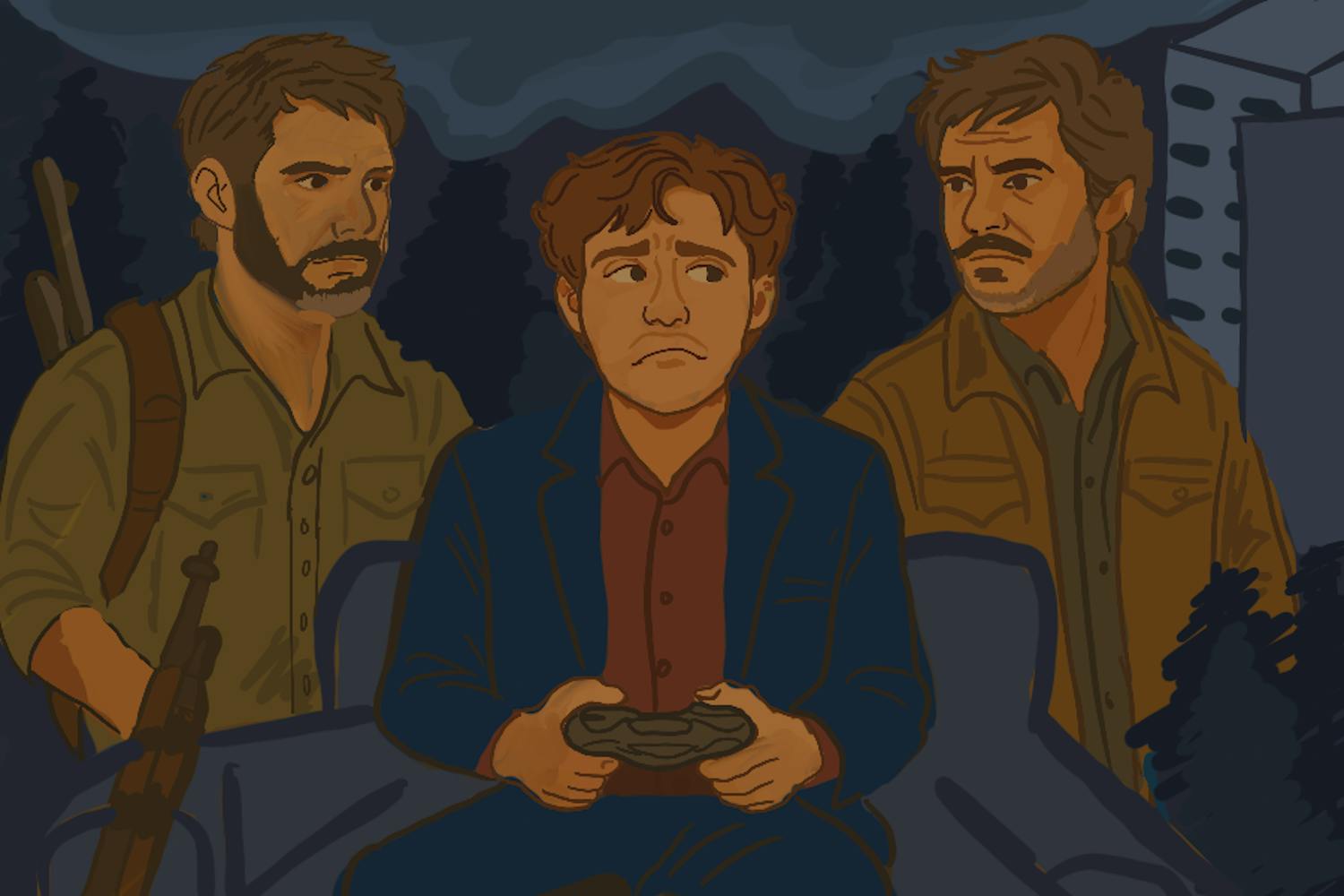 (Photo Courtesy of Universal Pictures)
(Photo Courtesy of Universal Pictures)Woozy — that is how I felt after watching Terry Gilliam’s drug-fueled adaption of Hunter S. Thompson’s most notable work, “Fear and Loathing in Las Vegas.” The 1998 comedy stars Johnny Depp as the Raoul Duke, a character based on Thompson, and Benicio del Toro as Dr. Gonzo, the Duke’s friend and crazed Samoan lawyer. These men on screen were masterfully manipulated by the drug-inspired cinematography. The production of the film has a rather long history, but I will try to keep it brief.
Plans for production began much earlier than the late '90s. Jack Nicholson and Marlon Brando were considered for the roles of Duke and Gonzo, but they were deemed too old. Dan Aykroyd and John Belushi were also considered, but Belushi’s death in 1982 put the kibosh on that.
Depp was finally chosen to star as the Duke when Thompson himself decided that no other actor could play him. Terry Gilliam, director of “Brazil” and “Monty Python and the Holy Grail,” was eventually chosen to direct the film. After tossing an earlier version of the script, he was forced to write a new one in just 10 days with co-writer Tony Grisoni. It's Nicola Pecorini's cinematography, however, that truly made the film interesting. He wanted to work with Gilliam to recreate the vivid, hallucinogenic feel of the novel.
To watch this movie from a standard point of view, one would have to turn his or her head about 30 or 40 degrees to the left or right, depending on the scene. As the Duke and Gonzo weave their way through psychedelic binges, Pecorini shoots at odd angles, making it seem like you, the viewer, are also sitting slumped over, about to pass out.
The desert shots were also very important to Pecorini, who wished to portray a stranded feeling. By shooting scenes carefully, he tried his best to hide any sign of a horizon, making the size of the desert incalculable. Shots like this helped to increase the feelings of paranoia and fear not only for Depp and Toro’s characters, but for the audience as well.
For one of the movie’s strangest scenes, in which the Duke, in the deep throes of an acid trip, sees multiple lizards at a casino bar, the production used animatronic reptiles. They were supposed to receive 25 of these lizards but were only given around eight. To make seem as if the bar was packed with the creatures, the crew dressed the lizards in different costumes and shot in different areas of the room.
Gilliam and Pecorini made a joint quest to display the massive drug trip as accurately as possible. They made a list of the effects of each drug used on the film, and adjusted filming techniques accordingly. For instance, to display the effects of andrenochrome, they used close shots, creating a claustrophobic atmosphere. When shooting scenes involving the use of LSD, Pecorini used wide shots and used effects to convey morphing people, objects and colors
“Fear and Loathing in Las Vegas” is quite an odd film. At first, it seemed as though I had only watched a humongous drug trip, but I realized that it was not just that for Thompson. It was his realization that the American Dream was now a survival mission because of the behavior of the “failed seekers” of the 1960s counterculture. He comes to the conclusion we all must deal with our choices and actions; no one else is “tending the light at the end of the tunnel.”
The film was a box office flop, earning about $10 million compared to its $18.5 million budget.
Reach the reporter at wruof@asu.edu or follow him on Twitter @willruof.
Like The State Press on Facebook and follow @statepress on Twitter.




